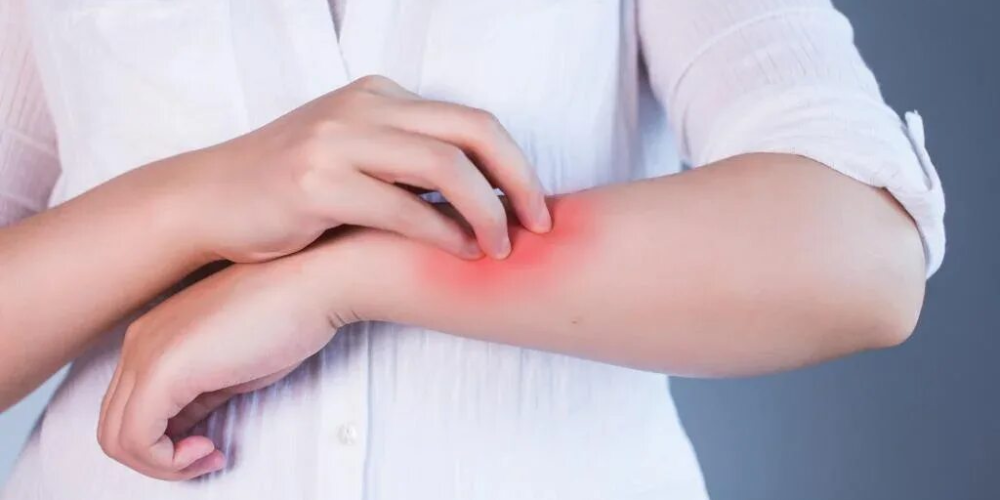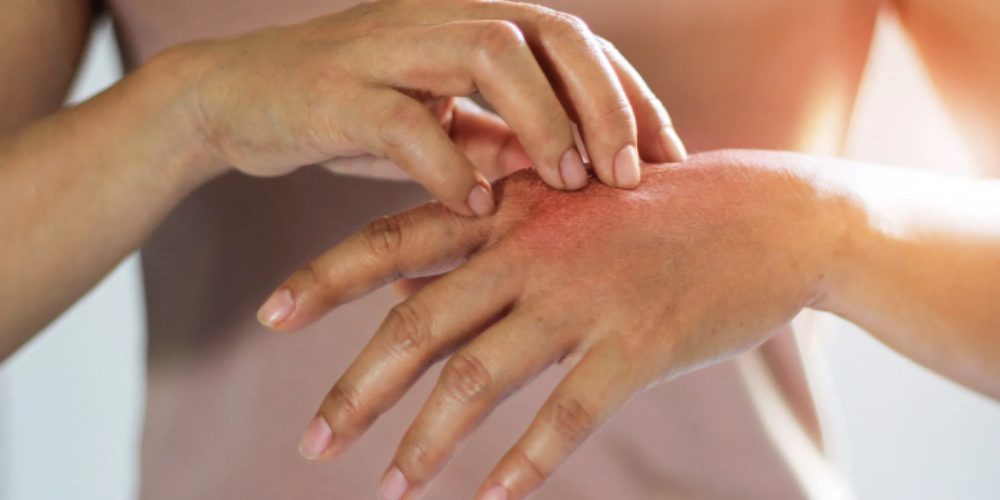- June 15, 2020
- Dr Zainul Hamdani
Fungal Skin Infection: Treatment & Prevention
Fungal skin infections are a common occurrence, affecting millions of people worldwide. From athlete's foot to ringworm, these infections can cause discomfort, itching, and embarrassment. Fortunately, with the right treatment and prevention strategies, you can effectively manage fungal skin infections and prevent recurrences. In this comprehensive guide, we'll explore everything you need to know about treating and preventing fungal skin infections.
Understanding Fungal Skin Infections
Before delving into treatment and prevention methods, it's essential to understand what fungal skin infections are and how they develop. Fungal infections occur when fungi, such as dermatophytes or yeast, proliferate on the skin's surface or penetrate its deeper layers. These fungi thrive in warm, moist environments, making areas like the feet, groin, and underarms susceptible to infection. Common types of fungal skin infections include athlete's foot, jock itch, ringworm, and yeast infections.
Symptoms of Fungal Skin Infections

Fungal skin infections can manifest with various symptoms, depending on the type of infection and the affected area. Common signs and symptoms may include:
Conclusion
In conclusion, fungal skin infections can be managed effectively with the right treatment and prevention measures. By understanding the causes, symptoms, and treatment options, you can take proactive steps to protect your skin health. However, if you're experiencing persistent or severe fungal skin infections, it's crucial to seek professional medical advice.



If you experience any of these symptoms, it's essential to consult a healthcare professional for an accurate diagnosis and appropriate treatment.
Treatment Options for Fungal Skin Infections
The treatment of fungal skin infections typically involves antifungal medications, which can be applied topically or taken orally, depending on the severity of the infection. Some common treatment options include:
Prevention Strategies for Fungal Skin Infections
Preventing fungal skin infections involves adopting good hygiene practices and minimizing exposure to fungal sources. Here are some effective prevention strategies: